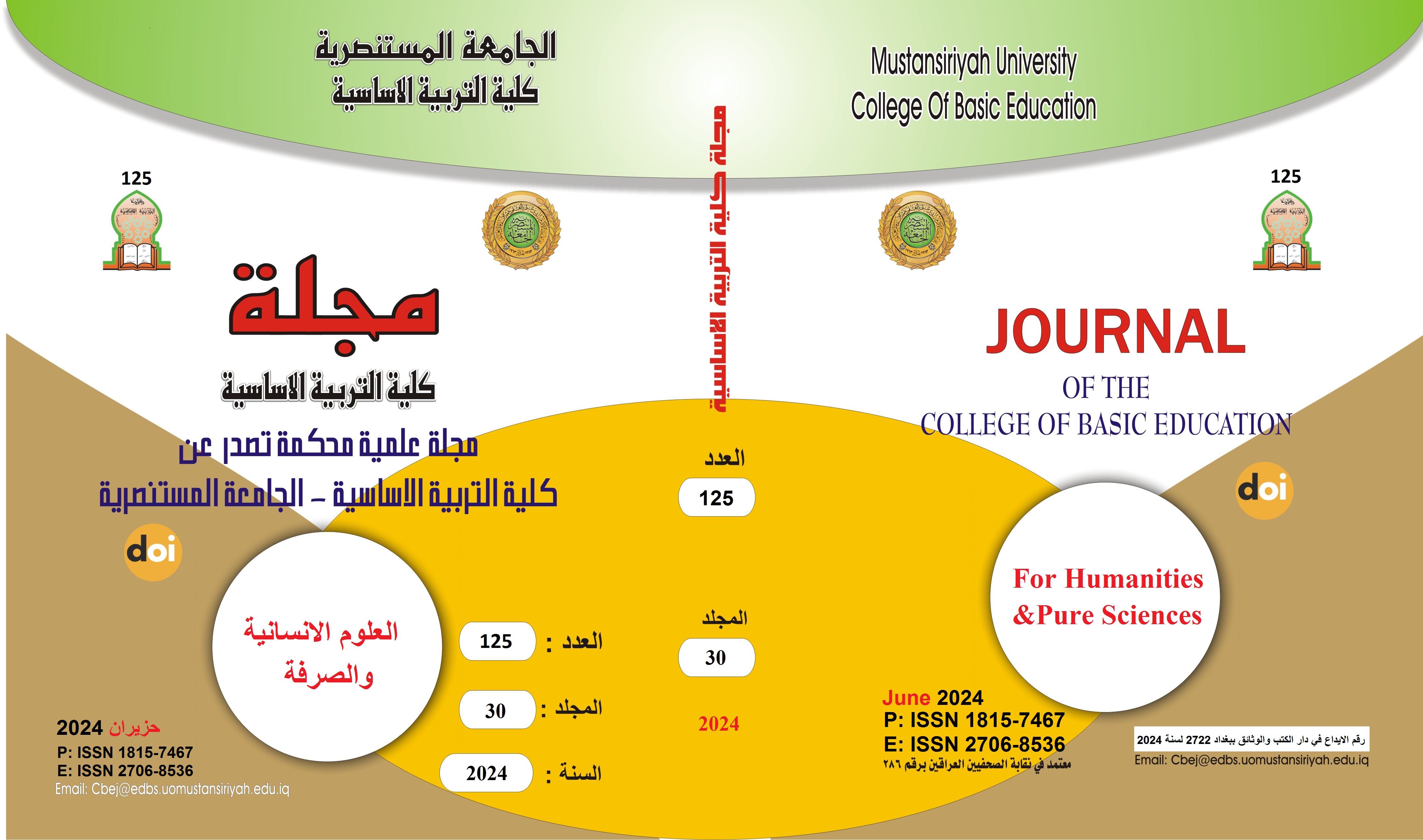الصناعات النسيجية في العراق بين الحرفية والتقنيات الحديثة دراسة في جغرافية الصناعات
محتوى المقالة الرئيسي
الملخص
تعتبر الصناعة هي عماد الاقتصاد العراقي بعد النفط وهي قطعًا عماد أي اقتصاد تخطيطي ناجح، إلا أنه كي يخرج العراق من كبوته الاقتصادية والتي سببتها التوترات السياسية بالدولة على مدار تاريخها كان من المهم أن يتم العناية بكافة مشاريع الاقتصاد الصناعية على كل المستويات لا على مستوى القطاع التحويلي فقط، وقد كان هذا هدف البحث الرئيس وهو تحقيق المساواة التخطيطية على كل المستويات المادية والأدبية للمشاريع الخاصة بتصنيع النسيج في العراق دون تخلف قطاع عن اخر.
وقد عرض البحث التطور التاريخي لصناعة النسيج في الدولة مذ القرن الثامن وحتى القرن العشرين مرورًا بتفاصيل صغيرة حول تغير المواد الخام واختلاف رؤية الواقع لتلك الصناعة المهمة، كما عرض البحث لمقارنة بين المشاريع الخاصة بالصناعة الحرفية والتحويلية وإيجاد التفاضل بينهم ثم انتقل البحث لدراسة واقع صناعة النسيج في محافظة بغداد وتحديدًا في مدينة وقضاء الكاظمية وتم عرض إحصاءات تمثل هذا المعروض ومن ثم تم اختيار حالة لمصنع حكومي بمنطقة الدراسة وهو من أقدم المصانع اتي تأسست بالعرق لصناعة النسيج وهو مصنع القطنية، وتم استخدام الأسلوب الكمي في عرض معايير كفاءة التصنيع بالمصنع؛ حتى نقف على مشكلات هذه الصناعة الحكومية بالفعل. وقد جاء المبحث الأخير يعرض اهتمام العراق بتأسيس المشاريع النسيجية الكبيرة وعدم وجود أي بينات حول صناعة النسيج الحرفية وتهميش منتجها الذي يساهم في الدخل القومي بهامش ربح لا يعتنى به تخطيطيًا، وفي الختام تم وضع عدد من التوصيات بهدف تحقيق أهداف البحث في الارتقاء بمشاريع صناعة النسيج الحرفية وحصرها ووجود خارطة جغرافية لتوزيعها الجغرافي وتقديم الدعم الكافي لها أسوم بنظرائها من المصانع التحويلية؛ حتى تسهم في الدخل القومي بشكل علني وفاعل وتنموي.
تفاصيل المقالة

هذا العمل مرخص بموجب Creative Commons Attribution-ShareAlike 4.0 International License.
